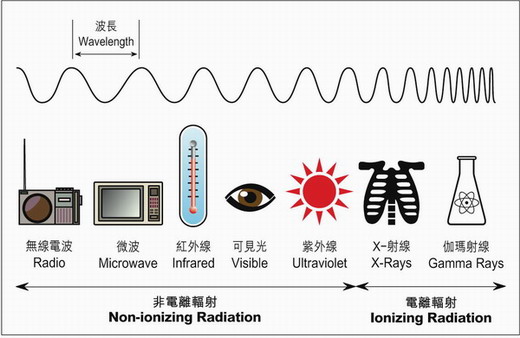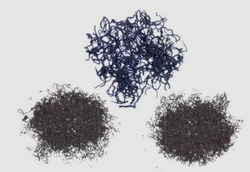I’ve mentioned many times the excellent website by the Hong Kong Centre for Food Safety, with their enormous collection of bilingual PDFs. They also have a very readable monthly newsletter which I recommend to all. Below are some snippets from their latest issues. You can download all the newsletters here.
How safe are microwaves? Is it dangerous at all? Here’s a quote from them:
Chemical safety
Cooking processes are known to induce the production of potential carcinogens. There have been concerns that microwave cooking may also increase the production of carcinogens or mutagens in food. Currently, there is no tenable evidence that the production of any carcinogenic substances would be increased upon the application of microwave heating.
Nutritional quality
There is concern that microwave cooking will have effects on the nutritional quality of food. In fact, microwave cooking does not reduce the nutritional value of foods any more than other heating methods. Because of the shorter cooking times and less water used, microwave cooking tends to be less harsh on nutrients than conventional cooking methods. According to the U.S. Food and Drug Administration (FDA), foods cooked in a microwave oven may keep more vitamins and minerals.
Radiological safety
Microwaves are nothing related to nuclear energy. They are generated by electricity and use a wavelength similar to television waves, electric shavers and radar. Microwave energy changes to heat as it is absorbed by food, it does not make food “radioactive” or “contaminated”.

Seaweed can be a great source of nutrients but can also sometimes have high levels of chemicals. They specifially mention one type, called hijiki, to avoid:
Hijiki is a kind of seaweed that naturally contains very high levels of inorganic arsenic. This is not the case for other kinds of seaweed such as arame, kombu, nori and wakame.
Inorganic arsenic is the toxic form which may cause acute effects at high dose, and may cause damage to nerve, skin and blood vessels and increase risk of cancer over prolonged excessive intake.
Note the distinctive black, shredded appearance of hijiki and read the labels on the food package. Do not use it as food ingredient.
Again, they point out useful information that I would otherwise never know about. In this case, they mention the use of aluminum in most preparations:
Jellyfish dish is a common cold dish or appetiser in the Chinese cuisine because many people like its firm texture. To attain this desirable texture, traditional processing of jellyfish uses a mixture of salt and aluminium potassium sulphate (also known as alum), which may raise food safety concern. Furthermore, in some cases, preparation of jellyfish dish may not involve thorough cooking. Therefore, consumers are advised to note the following:
Aluminium compounds have demonstrated reproductive and developmental toxicity in experimental animals. Dietary exposure to aluminium is not considered to pose a risk for developing Alzheimer’s disease, a brain disease that affects memory, thinking skills, and the ability to carry out daily tasks usually among older people.
Follow me on Facebook: @BainbridgeBabaDoc
Photography: www.richardsaintcyr.com
